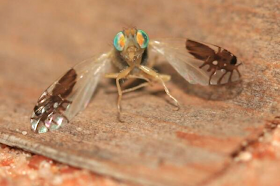The reports today of the death of Nobel laureate
Doris Lessing reminded me that there is a poem I encountered decades ago that I've been unable to identify, despite repeated keyword searches. I'm almost certain that the poet was female, and I think I read it in the 1970s.
The poem (brief, perhaps 15-20 lines) describes admiration for a houseplant/potted plant which now has lush foliage but shows no signs of blooming. The poet asks whether, if the plant fails to bloom during this season, she will be able to be satisfied with and appreciate the foliage alone.
I remember it as being a reminder that sometimes life happens while we are making plans for the future, and a concise and apt metaphor for careers or relationships that don't fulfill one's initial expectations.
Does anything there sound familiar?
Addendum: I found it! I Googled "will I have learned" and after skipping a few pages of links to Death Cab for Cutie I saw a link to a poem by
Denise Levertov. Here is "Annuals" in its entirety:
Annuals
('Plants that flower the first season the
seed is sown, and then die.')
All I planted came up,
balsam and nasturtium and
cosmos and the Marvel of Peru
first the cotyledon
then thickly the differentiated
true leaves of the seedlings,
and I transplanted them,
carefully shaking out each one's
hairfine rootlets from the earth,
and they have thriven,
well-watered in the new-turned earth;
and grow apace now--
but not one shows signs of a flower,
not one.
If August passes
flowerless,
and the frosts come,
will I have learned to rejoice enough
in the sober wonder of
green healthy leaves?
That poem spoke strongly to me when I was unmarried and just starting on my professional career. I still find it to be powerful and worth saving here in the blog.










































